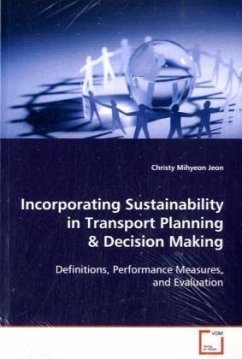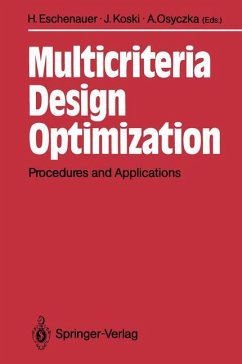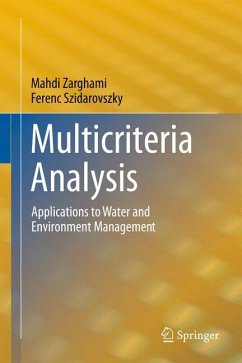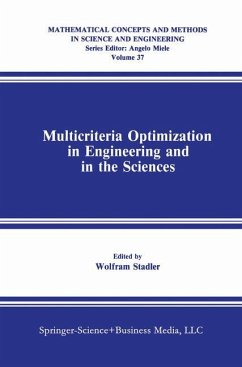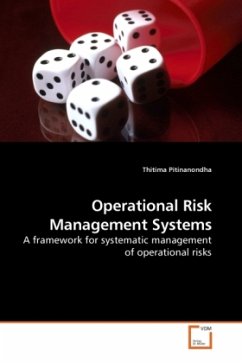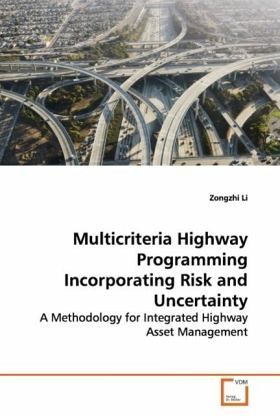
Multicriteria Highway Programming Incorporating Risk and Uncertainty
A Methodology for Integrated Highway Asset Management
Versandkostenfrei!
Versandfertig in 6-10 Tagen
52,99 €
inkl. MwSt.

PAYBACK Punkte
26 °P sammeln!
Given the ever-increasing personal and commercial travel demands vis-à-vis limited resources, changes in public expectations, and extraordinary advances in technology, the task of providing transportation services becomes more critical than ever. Most recently, transportation agencies throughout the world are increasingly adopting a strategic approach, referred to as asset management, to make investment decisions for highway system preservation, expansion, and operation, based on comprehensive information and in a holistic and proactive way to achieve most cost-effective investment decisions....
Given the ever-increasing personal and commercial
travel demands vis-à-vis limited resources, changes
in public expectations, and extraordinary advances
in technology, the task of providing transportation
services becomes more critical than ever. Most
recently, transportation agencies throughout the
world are increasingly adopting a strategic
approach, referred to as asset management, to make
investment decisions for highway system
preservation, expansion, and operation, based on
comprehensive information and in a holistic and
proactive way to achieve most cost-effective
investment decisions. This text introduces a
methodology for the development of an integrated
highway asset management system that can be used as
an analytical tool to support asset valuation,
performance modeling, marginal benefit analysis, and
multicriteria decision-making, including tradeoff
analysis, as well as project selection and
programming focusing on an entire highway system.
travel demands vis-à-vis limited resources, changes
in public expectations, and extraordinary advances
in technology, the task of providing transportation
services becomes more critical than ever. Most
recently, transportation agencies throughout the
world are increasingly adopting a strategic
approach, referred to as asset management, to make
investment decisions for highway system
preservation, expansion, and operation, based on
comprehensive information and in a holistic and
proactive way to achieve most cost-effective
investment decisions. This text introduces a
methodology for the development of an integrated
highway asset management system that can be used as
an analytical tool to support asset valuation,
performance modeling, marginal benefit analysis, and
multicriteria decision-making, including tradeoff
analysis, as well as project selection and
programming focusing on an entire highway system.



